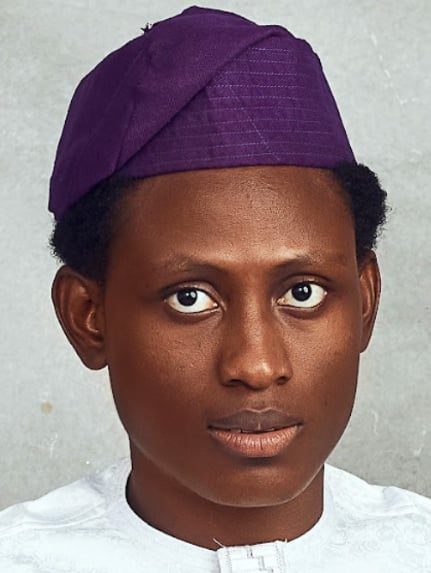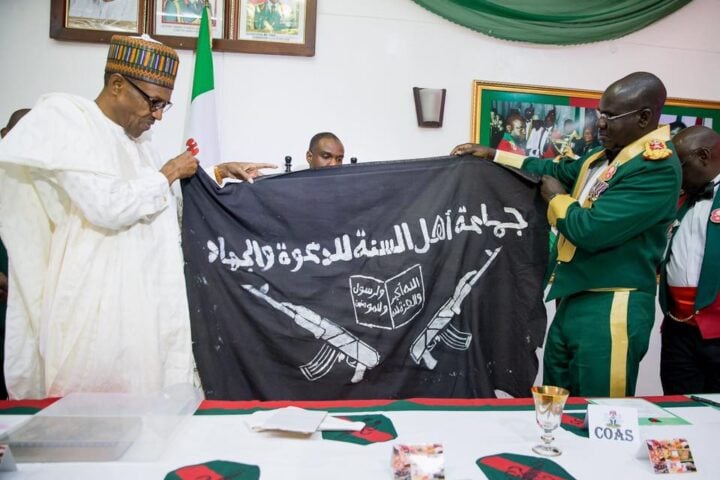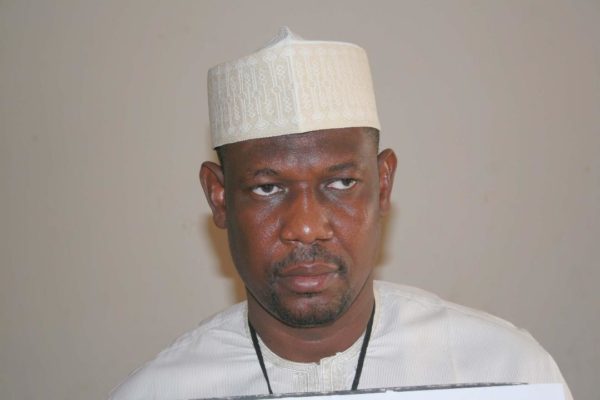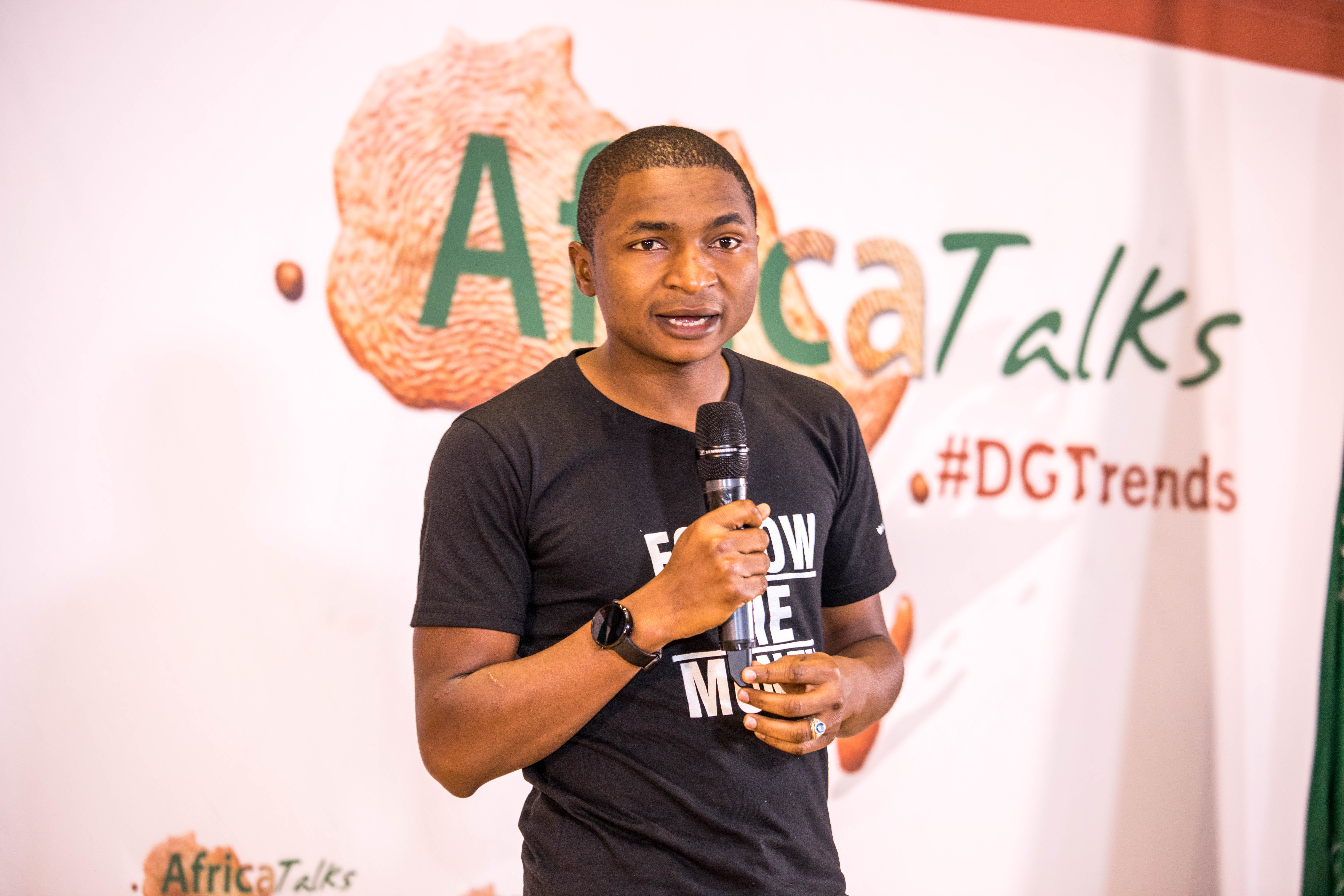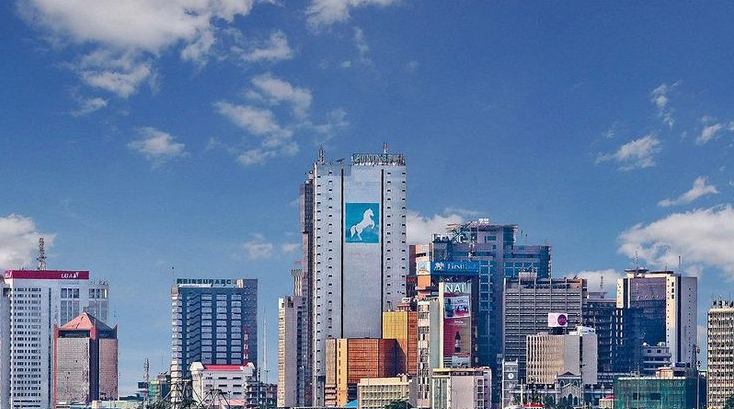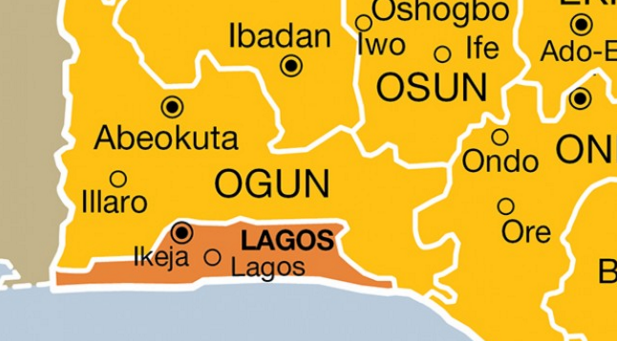This is a personal journey: Before I left for the United Kingdom in September 2017, I promised myself that my master’s degree was not going to be just another one. I said to myself that this one will be one that equips me to help Nigeria in her walk and work towards development.
In my written goal for the programme, I wrote that this degree will equip me to help Nigeria “as the country inches her way out of the claws of Boko Haram, an extremist group in the northeast,” by “working with development partners from across the world, who are focused on redeveloping the northeast region in the fastest possible time”.
As a brief background, I have worked on a few journalistic projects dealing with insurgency in the northeast, with the last being about the attack on civilian refugee camps in Rann, the northmost town in Nigeria, where over 126 people were killed. On arrival at the University of Sussex, the world’s best school for development studies, ahead of Harvard and Oxford, I was keenly looking for module choices that could help me address the problems I saw first hand in the northeast.
After learning about hands-on media tools, critical perspectives to development and social change, and other media-related issues, I wanted to learn more about insurgencies and how the mind of a terrorist works.
Advertisement
I enrolled with the School of Global Studies to take a course in irregular warfare, and learn more about the mind of an insurgent. I did not bargain for what I got. Long story cut short, I studied all irregular warfare in the 20th and 21st century. From my experience as a journalist, who has reported the war in the northeast, and my study of irregular warfare across the world, I wrote what I consider a fascinating paper on how Nigeria can defeat Boko Haram. The paper will be made available when published.
The rest of this column this week will share a few insights from the paper, and why I think we cannot defeat Boko Haram in the next 20 years if we continue on this path.
WHAT IS NIGERIA’S COUNTERINSURGENCY STRATEGY?
Have you ever asked yourself what Nigeria’s counterinsurgency (COIN) strategy is? In my interactions with soldiers, government officials, victims, and aid workers involved in the Boko Haram war, there is a simple retort: “that information should be classified”. Bloody civilians are not privy to such information.
Advertisement
No insurgency in the history of the 20th and 21st century has ever been won this way. Not one.
Broad COIN strategies are known, and are prosecuted with the support of the citizens. The fine details are what the military keeps as classified. To win any irregular warfare, you need “the population” on your side. The population in this sense are those people, whom the government has a responsibility to protect and whom Boko Haram uses as a weapon against the state. They are the victims of the war.
From my understanding of the war, Nigeria’s broad COIN is to outkill Boko Haram. This is simplistic use of brute force. Military spendings from 2011 to 2015 shows that Nigeria spent $16.382 billion on defence, but made little progress against Boko Haram. In fact, when military spendings were plotted against number of Boko Haram inflicted death, I found that the more we spent, the more deaths we recorded. The more we spent, the more Boko Haram progressed.
Boko Haram knows that we want to outkill them, so they use classic irregular warfare tactics to outmaneuver the military and lead the ill-equipped Nigerian forces into numerous ambushments.
Advertisement
Boko Haram’s ideology may not be too clear, or may be seen as “a mishmash of opportunism” as Cameron Duodu suggest, but we cannot deny the fact that there is an ideology. And you can’t kill an ideology with simple military force; for every terrorist killed, more fuel is added to the insurgent’s ideology tank for revenge. Or how do you kill the terrorism that looks down the barrel of your gun and sees paradise?
Until we have a strategy that includes force and counter-ideology, we would continue to lose money, arms, gallant soldiers, and the war itself.
FEW LESSONS FROM OTHER WARS
Of all the irregular warfare in the two centuries under review, the closest to the Boko Haram war, in my opinion, is the Malayan War of 1948 to 1960. This same war has been adjudged by many scholars and military experts as the classic counterinsurgency success for the British government, and a template, by which many other counterinsurgencies are executed or/and judged.
This war lasted 12 years! In the first two years, the British army was doing exactly what the Nigerian army has been doing with Boko Haram in the past nine years — exerting military force, and attempting to outkill insurgents.
Advertisement
Like Boko Haram, the Malayan Races Liberation Army (MRLA) had a better understanding of the geography and extreme temperatures, and used it as a complimentary weapon against the army; they had the sympathy of the population; and the necessary disappearance and operational agility.
MRLA avoided open battle but preferred ambushes, and fled along known jungle trails whenever engaged. This made it extremely difficult for the British forces to ascertain whether the enemy had been eliminated or simply melted away to return at a later date.
Advertisement
Same case as Boko Haram: A soldier who was raised in southern Nigeria is sent to Kagoro, Kala Balge, or Sambisa to fight insurgents who were raised in the region. Insurgents who know every nook and cranny of these forests, they use the terrain — which is the soldier’s blind spot — as a weapon. They lay an ambush, and kill soldiers for fun.
During the Malayan war, security forces conducted sweeps, destroying residences from which insurgents were perceived to have received some sort of support, and due to distrust, the British army often shot innocent civilians they found running away — so is the case with the Nigerian army. This made the people more sympathetic to the insurgents and made intel gathering next to impossible.
Advertisement
After two years of defeat, Field Marshal Montgomery wrote in 1951, a clear plan of action and a fit-for-purpose man to execute the plan was needed for victory in the Malayan war: “We must have a plan. Secondly, we must have a man. When we have a plan and a man, we shall succeed: not otherwise”.
By 1952, the Brits yielded to Montgomery and hatched a civil-military plan, led by General Gerald Templer, and prosecuted the plan for the next eight years, leading to the end of the insurgents.
Advertisement
After losing in our early years, Nigeria in 2014 also hatched a plan; the National Counter Terrorism Strategy (NACTEST), which was updated in 2016. Are you hearing this for the first time? I thought so too.
NACTEST as a COIN plan is ambiguous; has no designated lead ministry or agency, has no clear-cut coordination plan. The strategy as a whole is domiciled under the office of the national security adviser (NSA), who has no statutory role, rather than just advising the president. He does not have the power to fully implement the strategy as Templer did with British COIN in Malaya. The NSA has simply asked all ministries to open counterterrorism desks. Desks!
Time and chance will not permit me to discuss the French and American COIN in details, but there are immense lessons, highlighting the fact that Nigeria cannot defeat Boko Haram this way. To defeat a rag-tag fighting force like Boko Haram or ISWAP, we need to go back to 1994 and listen to UNDP: “The battle of peace has to be fought on two fronts. The first is the security front where victory spells out freedom from fear. The second is the economic and social front where victory means freedom from want”.
Nigeria needs civil-military operations that ensure we win the sympathy of the population, an understanding of the fighting terrain, economic liberty for those who are potential Boko Haram recruits, and then some sheer military force. This cannot be achieved in a hurry, the earlier, the better.
For more explanation of the British, French and American counterinsurgency plans as it relates to Nigeria, reach ‘Mayowa on Twitter @OluwamayowaTJ
Add a comment
